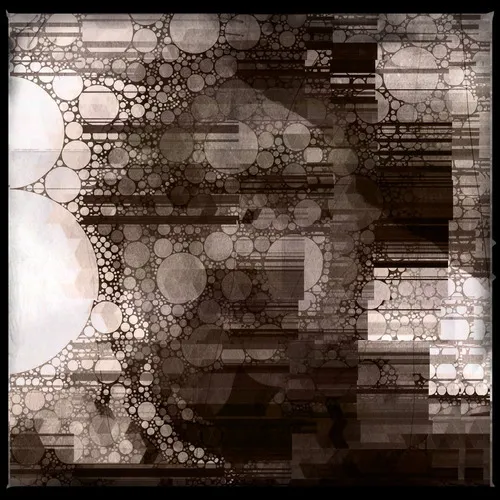I don't know about you, but I love nature. I go hiking and camping as often as I can. There is a peace in nature that goes beyond description. But there is also a sense of wonder and more. A hundred and thirty years ago a poet wrote a bit about nature.
susamaji ya sugina bakari no oka hitotsu
the entire hill covered with
field horsetail
—Shiki


Sugina "field horsetail" is a fairly common plant. It grows quickly and spreads quickly, making it an invasive plant and some places go out of their way to kill it. It is a kigo (season word) for late spring, which in the traditional Japanese almanac ended a few weeks ago (we are into summer now by that reckoning).
The overwhelmingness of the scene refers here to the awe-inspiring power of nature which can be both amazing and terrifying at the same time. Shiki emphases this meaning at the end of his verse, making the suggestion stronger. Those of us who enjoy nature already know this feeling well. It truly is awesome, both in the old senses of overwhelming us with both awe and terror. There is an added layer here to what was causing such a strong feeling in Shiki as he wrote this. The emotion is hard to get across here in translation. Do we have any words in English that sum up this feeling better?
Shiki suffered from a form of TB that attacked his spine and caused him incredible pain. It would kill him by 1902. He wrote this haiku in 1893, 2 years before the disease had become so debilitating that he could no longer move much and was bedridden. Usually, by tradition started by Bashō, a poet will actually be at the place he is writing a haiku about. But Shiki was likely already in severe pain by this point, so I don't know if he would have been walking around in nature by himself. Maybe he was and maybe that added to his feeling of amazement when he came across the hill covered with field horsetails. No doubt because of his pain, if he did hike out to a remote area it likely would have seemed much more isolated to him.
Due to his condition, he may have instead been writing this from memory or imagination. After he was bedridden he still continued to write extensively. Even if it was only in his head, I think the emotion he felt was the same, and we can read that emotion in his poem.
Shiki's description here reminds me a little of this haiku, also written by him:
たんほゝをちらしに青む春野哉
tanpopo o chirashi ni aomu haruno kana
dandelions
scattered on the green
spring field
Both create a similar picture in my mind. The second isn't as powerful but it is a nice visual painting of a lovely and peaceful scene. Shiki called this kind of visual painting shasei and it was probably his biggest contribution to haiku. Shasei encouraged haiku poets to depict the world as they saw it, without embellishment. He took the idea from Buson, whom I wrote a little about a few weeks ago, and developed it further. This idea was revolutionary for the small verses. Nowadays most haiku primarily use shasei.
Shiki died when he was only 35, yet his contribution to the genre was so great that he is considered one of the 4 Great Masters of Haiku, the other three being Bashō, Buson, and Issa.
❦
 |
David LaSpina is an American photographer and translator lost in Japan, trying to capture the beauty of this country one photo at a time and searching for the perfect haiku. |
That is, me! If you like this translation, feel free to use it. Just credit me. Also link here if you can. ↩